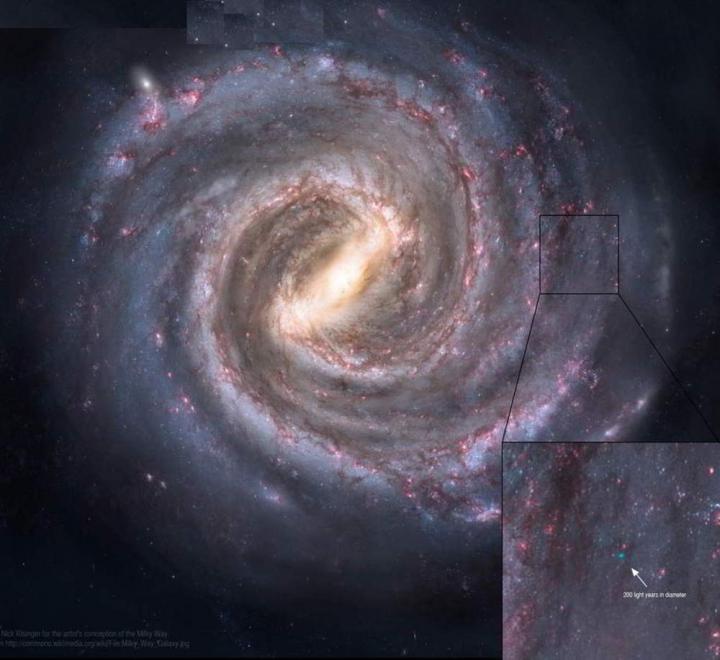The star system, that is. Also if they were heading in that direction, which they are not. Still though. It's moving at a rate of about 17 kilometers per second. It's among the fastest manmade objects. Not counting for the fact we're traveling at 220 km/s around Sagittarius A* (black hole at the center of our galaxy), and everything on earth as well. You know what I mean :P
You can go ahead and post all of your politics crap. Politics are important but y'all are still taking this circus too seriously, so I'm spamming some science to settle the scales with some seriousness :P
Yes, it is a long way to Centauri. We just have to find a way of traveling faster.
The size of the Milky Way is unimaginable; the size of the observable universe beyond comprehension.
You probably know this picture but for those who haven’t seen it, it shows Earth’s Radio Bubble expanding at the speed of light.
The first radio transmissions in the 1890s make the radio bubble just over 200 light years in diameter. The tiny, little blue speck represents that bubble.